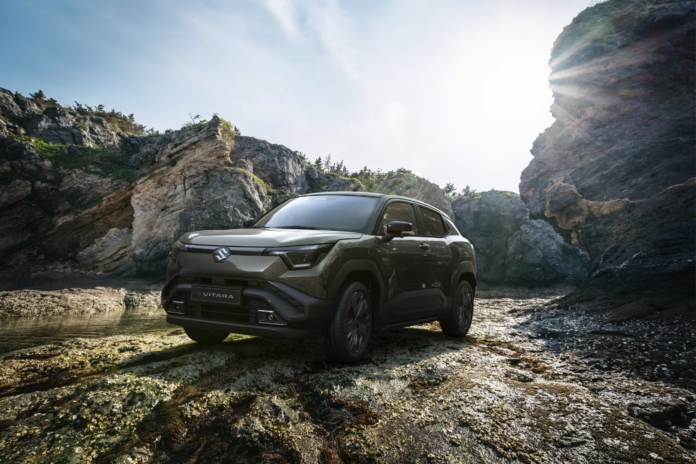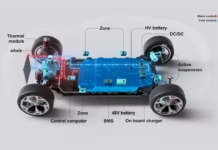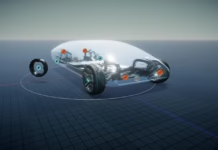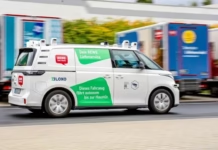Digital Cockpits and Electric Vehicles
Electric vehicles (EVs) are rapidly transforming the automotive industry, with growing demand for smarter, more connected driving experiences. Digital cockpits—the interactive interface including instrument clusters and infotainment—are central to this shift. They enable drivers to access critical vehicle information and multimedia features through advanced human-machine interfaces (HMI). However, mainstream EVs face challenges delivering seamless, responsive HMIs on embedded systems that must balance performance and cost. Suzuki’s integration of the Qt framework exemplifies how automakers can overcome these constraints by embracing software-defined vehicle (SDV) concepts that prioritize modular, scalable solutions.
Suzuki’s Strategic Use of Qt for the e VITARA
Suzuki selected the Qt framework to power the e VITARA’s digital cockpit, marking an important evolution in their SDV strategy. By utilizing Qt’s cross-platform UI toolkit, Suzuki can efficiently develop, test, and deploy digital interfaces across multiple vehicle models using a single codebase. This modular approach accelerates development while reducing costs and enables collaborative workflows spanning styling designers to HMI developers. Importantly, Suzuki has full creative control to craft distinctive, branded digital experiences tailored to driver and passenger needs.
Advantages of Qt and Open-Source Collaboration
Suzuki’s digital cockpit is built on Automotive Grade Linux (AGL), an open-source, industry-standard platform designed for automotive use. Qt’s deep partnership with AGL since 2015 ensures their tools are optimized to deliver reliable, high-quality HMI solutions that meet rigorous automotive safety standards. By combining the flexibility of open source with a commercial license, Suzuki gains access to shared components and accelerated updates. This hybrid approach strengthens Suzuki’s long-term technology roadmap and supports broad compatibility and scalability across future vehicle platforms.
Impact on Mainstream Electric Vehicle Market
The e VITARA represents a new standard for mainstream EV digital cockpits. It offers a premium feel usually reserved for high-end models but accessible to a wider audience. Suzuki and Qt’s collaboration demonstrates how software innovations can democratize sophisticated digital experiences. Importantly, the partnership addresses the dual challenges of hardware limitations and user expectations. It provides drivers with an intuitive, visually rich interface that enhances overall vehicle appeal.
Future of Software-Defined Vehicles
Suzuki’s use of the Qt framework in the e VITARA highlights the crucial role of advanced software solutions in the future of electric mobility. Digital cockpits are no longer mere displays; they are central to the connected vehicle ecosystem, requiring innovation in design, scalability, and development efficiency. By leveraging Qt and open-source platforms like AGL, Suzuki is setting a benchmark for delivering premium, scalable, and customizable digital experiences in mainstream EVs. This move signals a broader industry trend towards software-defined vehicles that offer enhanced user interaction and flexibility, paving the way for next-generation automotive technology.







